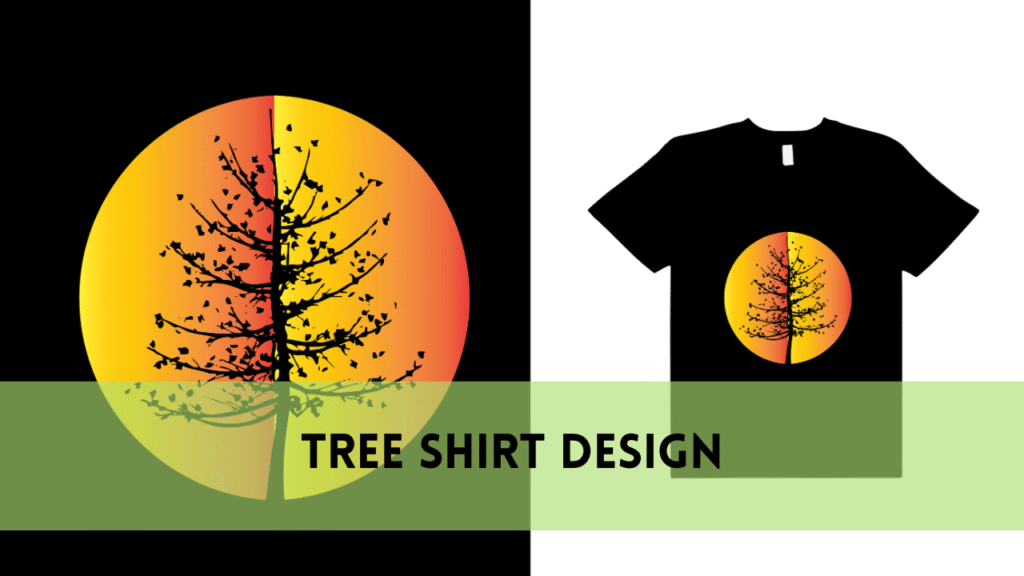Winter Tree Preparation: What You Need to Know is critical to keeping your trees healthy and beautiful during the winter months. Crosby Arborist understands the importance of preparing your trees for winter so that they can thrive when spring arrives.
Inspect your trees
The first stage in Winter Tree Preparation: What You Should Know is a comprehensive inspection. Look for any dead or diseased branches that could cause a hazard during winter storms. Removing these branches not only safeguards your property, but also allows the tree to conserve energy throughout the colder months.
Why examine trees before winter?

Inspections assist identify and address any concerns, like as dead limbs that may fall during a storm, assuring your trees’ safety and health.
Pruning and trimming
Pruning is an important aspect of Winter Tree Preparation: What You Should Know. By trimming dead or overgrown branches, you increase air circulation and sunshine penetration, which are critical to the tree’s health. Winter is an ideal period for trimming because the tree is dormant, lowering the chance of disease.
Is winter a good time to prune?
Yes, pruning during the winter is advantageous since trees are dormant and less prone to disease and pest infestations.
Mulching
Mulching is another important part of winter tree preparation. What You Need to Know. A thick layer of mulch at the base of your tree protects the roots from high temperatures and preserves moisture. This simple step can significantly improve your tree’s ability to survive winter stress.
How can mulching assist in the winter?
Mulch protects the roots, keeps soil moisture, and lowers temperature changes, allowing trees to withstand winter conditions.
Watering
Even in winter, trees require water. As part of Winter Tree Preparation: What You Need to Know, make sure your trees are properly hydrated before the ground freezes. This keeps them hydrated and healthy throughout the dry winter months. Make sure to water deeply and slowly to reach the roots.
Do trees need watering in the winter?
Yes, irrigation before the ground freezes keeps trees hydrated and healthy during the winter months.
Winter poses a significant threat to young trees.
Winter Tree Preparation
What You Should Know includes wrapping the trunks of young trees in burlap or tree wrap to protect them from frost fractures and sunburn. This barrier helps keep the tree’s temperature stable and prevents harm.
Why is it necessary to wrap young trees in the winter?
Wrapping young trees protects them from frost damage, sunburn, and temperature variations, assuring their life and growth.
Dealing With Snow and Ice
Snow and ice can be hard on trees. Winter Tree Preparation: What You Should Know entails gently brushing heavy snow from limbs to avoid breaking. Avoid using salt-based deicers around trees since they can harm the roots and soil.
How should I deal with snow and ice on trees?
To avoid tree and soil damage, gently brush heavy snow off branches and avoid using salt-based deicers.
Monitoring Pests
Winter does not imply that bugs disappear. Part of Winter Tree Preparation: What You Need to Know: Check your trees on a regular basis for symptoms of pests such as borers and rodents. Keeping your trees healthy and well-maintained reduces their attractiveness to these winter pests.
Are pests an issue in the winter?
Yes, pests such as borers and rats can still damage trees in the winter, so constant monitoring is required.
FAQs
When is the optimum time to start winter tree preparation?
Early fall is perfect for beginning winter tree preparation, allowing you to check, prune, mulch, and water your trees before the first frost.
How frequently should I water my trees in winter?
Water your trees well once a month before the ground freezes. During dry conditions, you may need to water more often.
Can I prune any sort of tree in the winter?
A: Most deciduous trees can be pruned in the winter. However, for species-specific guidance, contact Crosby Arborist.
What thickness should the mulch layer be?
The mulch layer should be 2-4 inches deep. To avoid rot, don’t pile mulch against the tree trunk.
What materials should I use to wrap young trees?
Use burlap or tree wrap intended for winter protection. Avoid plastics, as they can trap moisture and cause harm.
How do I spot pest damage in the winter?
Look for small holes in the bark, sawdust-like debris near the base, and chew marks. Regular inspections can help detect problems early.
Crosby Arborist shares key steps for winter tree preparation. Learn how to maintain your trees healthy and growing during the winter months.
Conclusion
Preparing your trees for winter does not have to be difficult. With Winter Tree Preparation: What You Should Know, you can keep your trees healthy and robust during the cold months. Crosby Arborist is here to help with all of your tree care needs, offering expert advice and services to maintain your trees in peak condition year-round.



